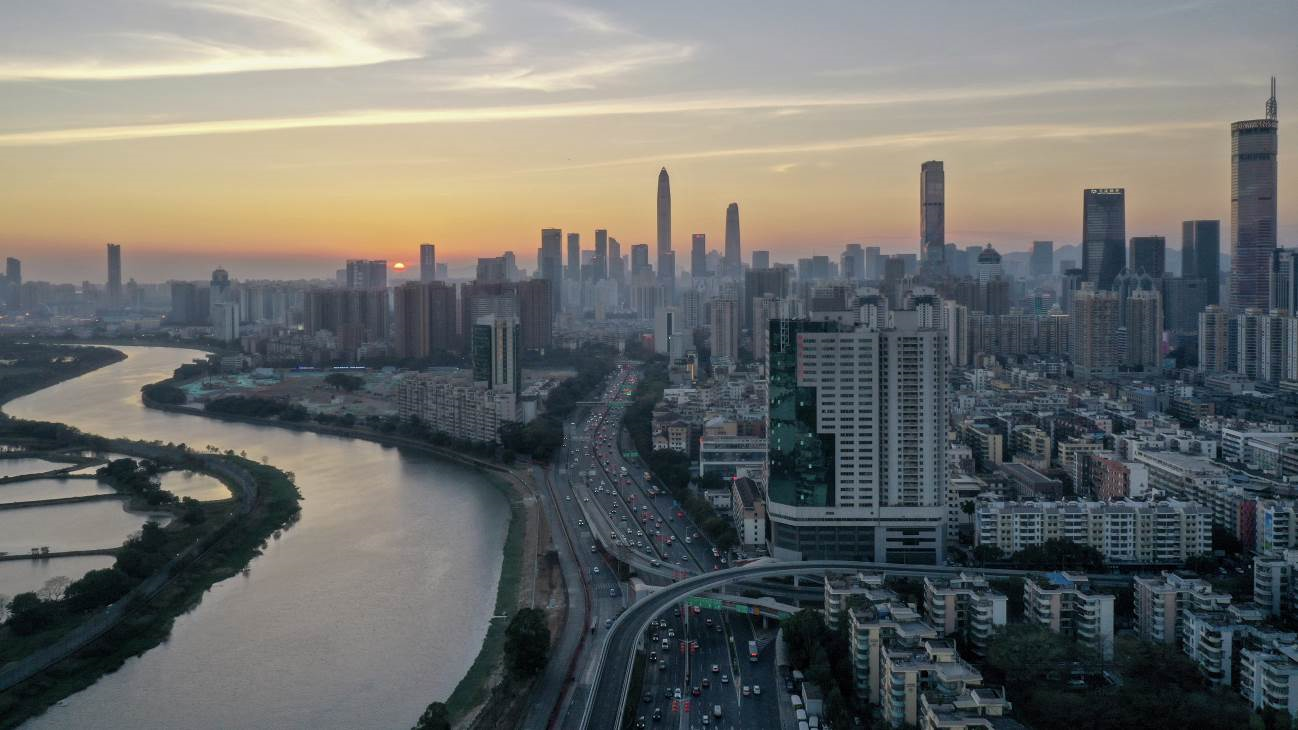China Locks down Parts of Shenzhen
To get some understanding of the size of the two districts that were closed, they are the equivalent of the size of mid-town Manhattan, in order to contain 11 COVID cases, and the cites of Xianghe (just under 400,000 residents) and Zhuozhou (~380,000 residents), were shut down last week after a total of nine cases were discovered. Both cities are within 50 miles of China’s capital city of Beijing where residents are required to get a PCR test every three days in order to ride public transportation and enter most public buildings. We wonder how that might work in NYC…wonder who would be checking PCR test results for those in Figure 2…







 RSS Feed
RSS Feed